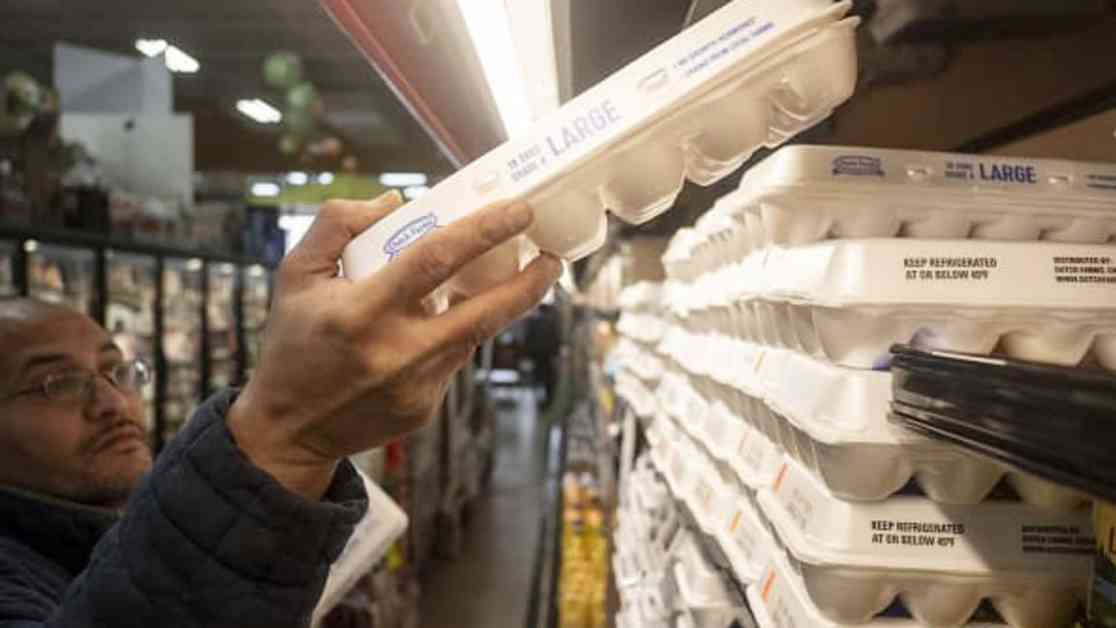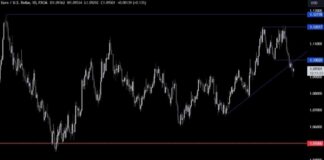Inflation in July saw a slight increase, driven primarily by higher housing-related costs, according to a report released by the Labor Department on Wednesday. The consumer price index (CPI), a key measure of prices for goods and services, rose by 0.2% for the month, bringing the 12-month inflation rate to 2.9%. This rate is the lowest since March 2021, signaling a slight easing in inflationary pressures. Economists surveyed by Dow Jones had anticipated a slightly higher reading of 3%.
The core CPI, which excludes volatile food and energy prices, also saw a 0.2% monthly increase and a 3.2% annual rate, in line with expectations. The Bureau of Labor Statistics report highlighted that the core inflation rate is the lowest since April 2021. The report also noted that headline inflation was at 3% in June, slightly higher than the July figure.
Shelter costs were the primary driver of the inflation increase, accounting for 90% of the overall rise in prices. Food prices saw a modest increase of 0.2%, while energy prices remained flat. Despite the overall increase in inflation, some categories experienced declines, such as cereals and bakery items, which fell by 0.5%.
While the rise in inflation was anticipated, it has sparked discussions about the potential for an interest rate cut in September. The Federal Reserve has been closely monitoring inflation data to determine the appropriate monetary policy response. The recent inflation report, coupled with other economic indicators, may influence the Fed’s decision-making process.
### Factors Influencing Inflation
In addition to housing-related costs, other factors played a role in the inflationary pressures observed in July. Automotive prices continued to decline, with new vehicles seeing a 0.2% decrease and used cars and trucks experiencing a 2.3% drop for the month. However, auto insurance costs rose by 1.2%, contributing to an 18.6% increase on a 12-month basis.
The report also highlighted the impact of medical care services, apparel, and core commodity prices on inflation. Medical care services saw a slight decline of 0.3%, while apparel prices dropped by 0.4%. Core commodity prices also experienced a 0.3% decrease, indicating deflationary pressures in certain sectors of the economy.
### Implications for Monetary Policy
The recent inflation data has raised questions about the Federal Reserve’s monetary policy stance. While the Fed has indicated a willingness to ease monetary policy, the pace and timing of any rate cuts remain uncertain. The inflation report, along with other economic indicators, will likely influence the Fed’s decision-making process in the coming months.
The Federal Reserve has been under pressure to address concerns about a slowing labor market and potential recessionary risks. The recent inflation report, which showed a slight easing in inflationary pressures, may provide the Fed with the necessary impetus to consider a rate cut in September.
### Market Reaction and Economic Outlook
Following the release of the inflation report, stock market futures showed a mild negative reaction, while Treasury yields saw modest increases. The market’s response to the inflation data reflects the uncertainty and volatility in the current economic environment.
Looking ahead, economists will closely monitor inflation data, along with other economic indicators, to gauge the health of the economy. The Federal Reserve’s upcoming meeting in September will be closely watched for any signals of a potential rate cut and the central bank’s overall stance on monetary policy.
In conclusion, the July inflation report highlights the complex and dynamic nature of the economy. While inflationary pressures have eased slightly, concerns about a slowing labor market and potential recessionary risks persist. The Federal Reserve faces the challenging task of balancing these competing factors to ensure stable economic growth and price stability.

















